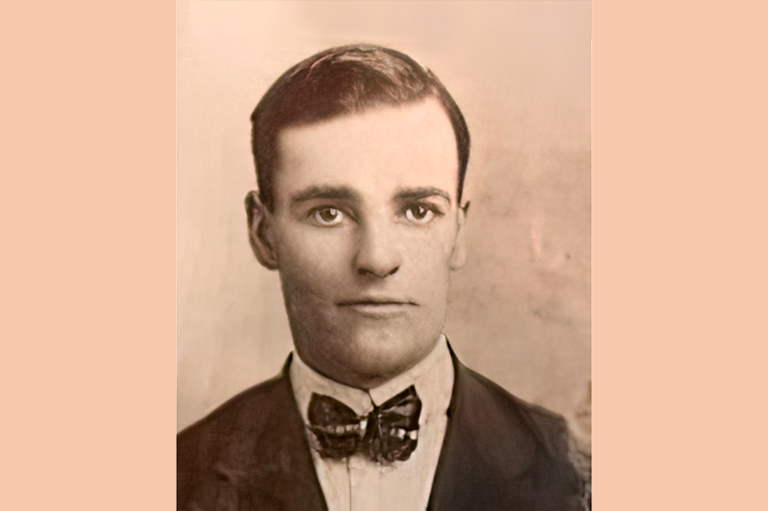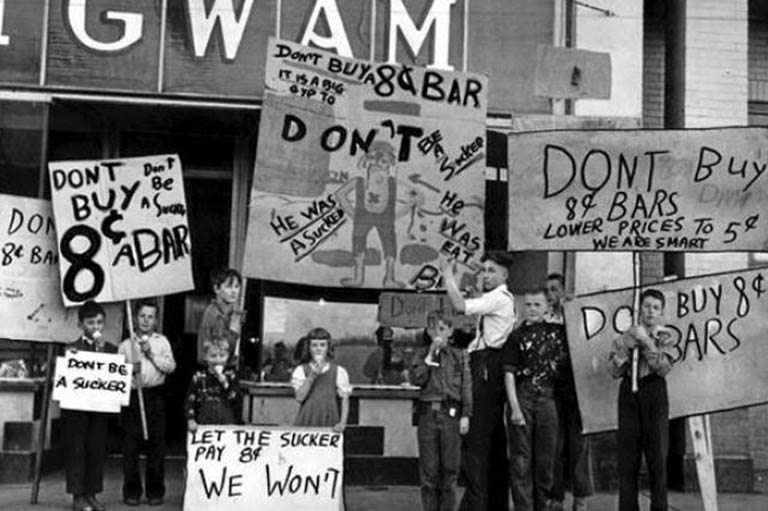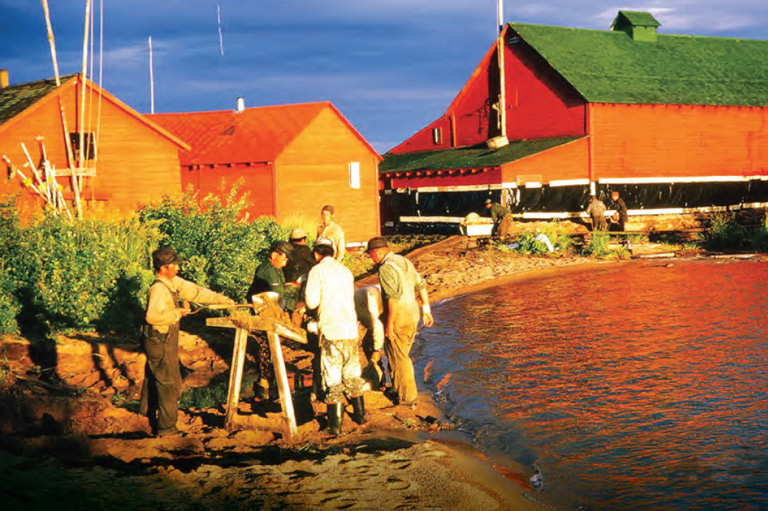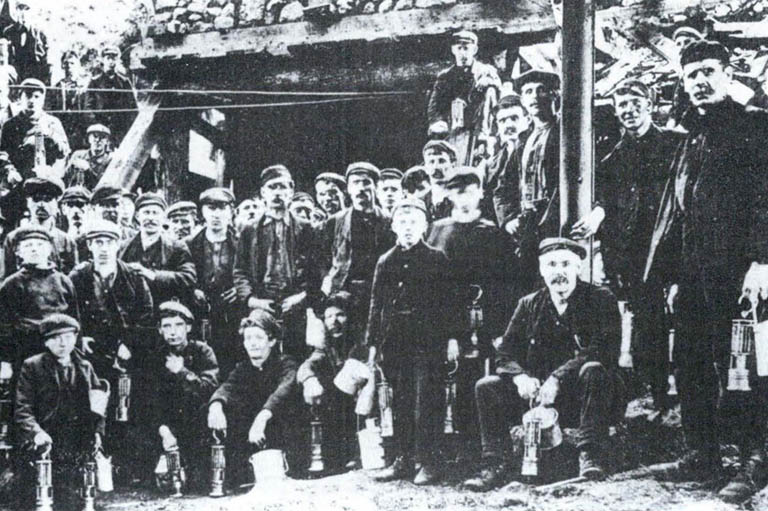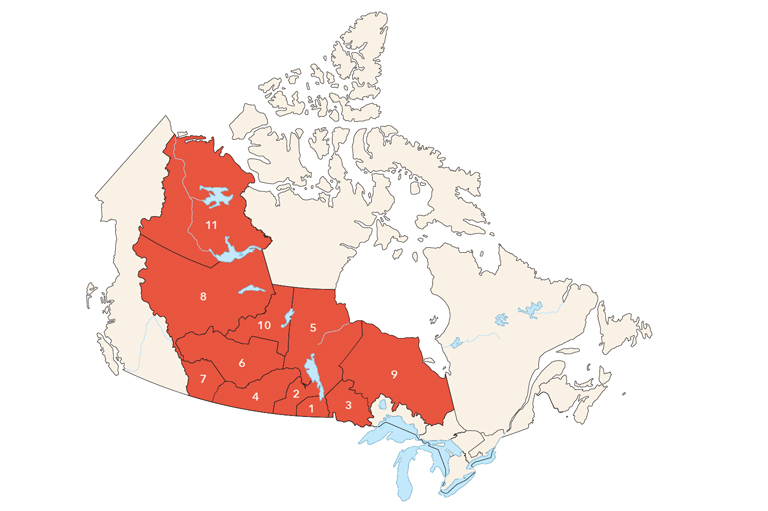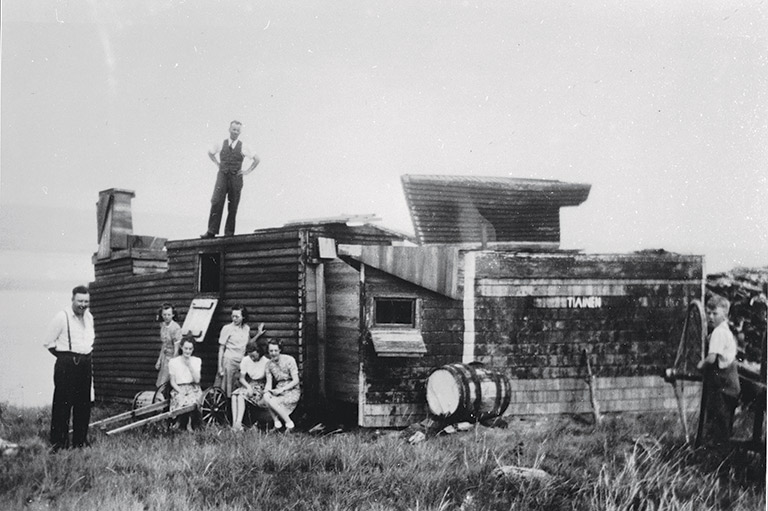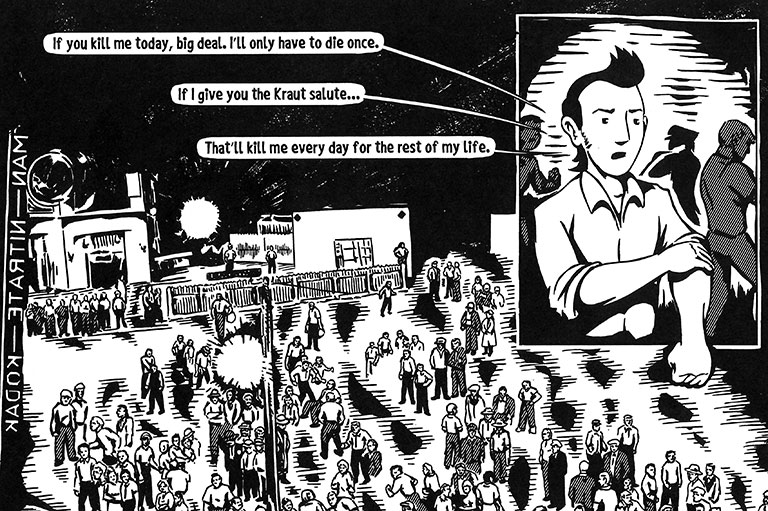History Spotlight: British Home Children
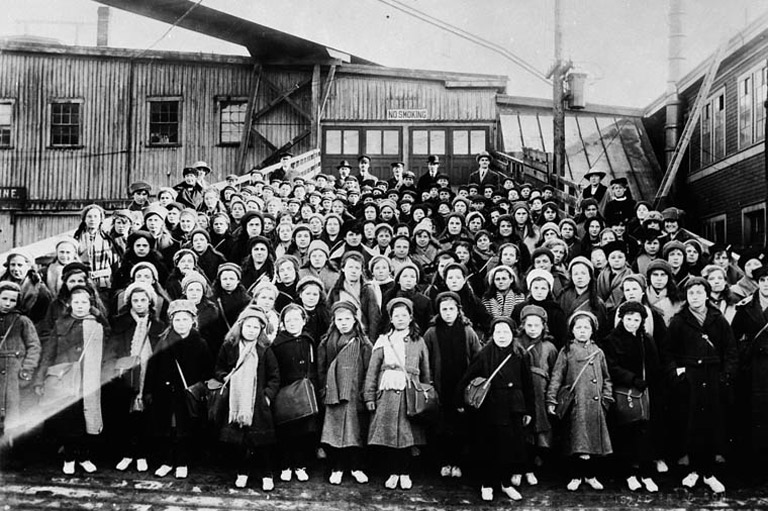
Throughout the late nineteenth century, Britain was faced with poverty, pollution, and social inequality. As a result, hundreds of thousands of people — especially children — were forced to live in horrible, slum-like conditions. These children had limited options.
Many went “into service,” and toiled in workhouses or served as indentured labourers. Others lived on the streets. By the late 1800s, it was impossible to ignore how bad the living conditions had become, and organizations in both Britain and Canada decided something needed to be done.
The British Child Emigration Movement officially began on October 28, 1869, when Maria Rye — an English social reformer — brought sixty-eight children from London and Liverpool to Canada. Rye wanted to free children who were too poor to survive on their own, and provide them with opportunities they couldn’t find at home.
With 7 uniquely curated newsletters to choose from, we have something for everyone.
The plan was to have younger children adopted by Canadian families, and to have older children provided with shelter and food in exchange for farming help until they were eighteen-years-old.
Both the Canadian and British governments supported the program; Britain, because it reduced the costs of having to support struggling children; Canada, because it provided workers-in-training and young children that could be adopted.
Rye’s initial movement spawned a number of organizations, and over 100,000 children were sent to Canada between 1869 and 1948. In total, 150,000 children were sent to Canada and other Commonwealth countries such as Australia, New Zealand, and South Africa. Most of the children were between six- and fifteen-years-old, but some were as young as six-months-old.
Living conditions varied for home children. Some were treated very well, and found loving and caring families to adopt them. Others, however, were faced with a variety of circumstances not unlike those they left behind in Britain.
Education suffered horribly. Many farming families saw the home children as free labour that would take up the slack created when their own children left home to attend school. Many home children grew up with limited or no education.
Advertisement
While most of the children were called orphans, two-thirds of them had a parent in Britain. Most parents were just too poor to keep them.
British Prime Minister Gordon Brown issued an apology to home children on February 24, 2010. Brown also met with former home children to listen to their stories first-hand. His apology followed a similar one from Australian Prime Minister Kevin Rudd on November 16, 2009.
Canada proclaimed 2010 the Year of the British Home Child, and various efforts were made to ensure the past is not forgotten. Websites and organizations are trying to gather as much information about home children as possible, and are trying to help families trace their origins and ancestors. The Canadian Post Office issued an honorary stamp in October of that year, and other organizations made plans for a special anthology book and memory quilt.
Save as much as 40% off the cover price! 4 issues per year as low as $29.95. Available in print and digital. Tariff-exempt!
Do you know a Home Child or are you looking for one?
The British Home Children Registry was started by Perry Snow in 2000 in memory of his father Frederick George Snow (1909–1994) who was a British Home Child. In November 2013 Perry transferred his rough spreadsheet data of some 58,500 immigrant children to the British Home Children Advocacy & Research Association (BHCARA) in order to carry on his work and make this information publicly available.
Since 2013 BHCARA and its volunteers added approximately another 2,200 names to Perry’s list. Norah Dennis had begun a similar project and in 2014 Norah also transferred her data on 21,400 children to the BHCARA. After merging the lists and deleting duplicates, the registry holds over 61,000 names.
We hope you’ll help us continue to share fascinating stories about Canada’s past by making a donation to Canada’s History Society today.
We highlight our nation’s diverse past by telling stories that illuminate the people, places, and events that unite us as Canadians, and by making those stories accessible to everyone through our free online content.
We are a registered charity that depends on contributions from readers like you to share inspiring and informative stories with students and citizens of all ages — award-winning stories written by Canada’s top historians, authors, journalists, and history enthusiasts.
Any amount helps, or better yet, start a monthly donation today. Your support makes all the difference. Thank you!
Themes associated with this article
Advertisement

